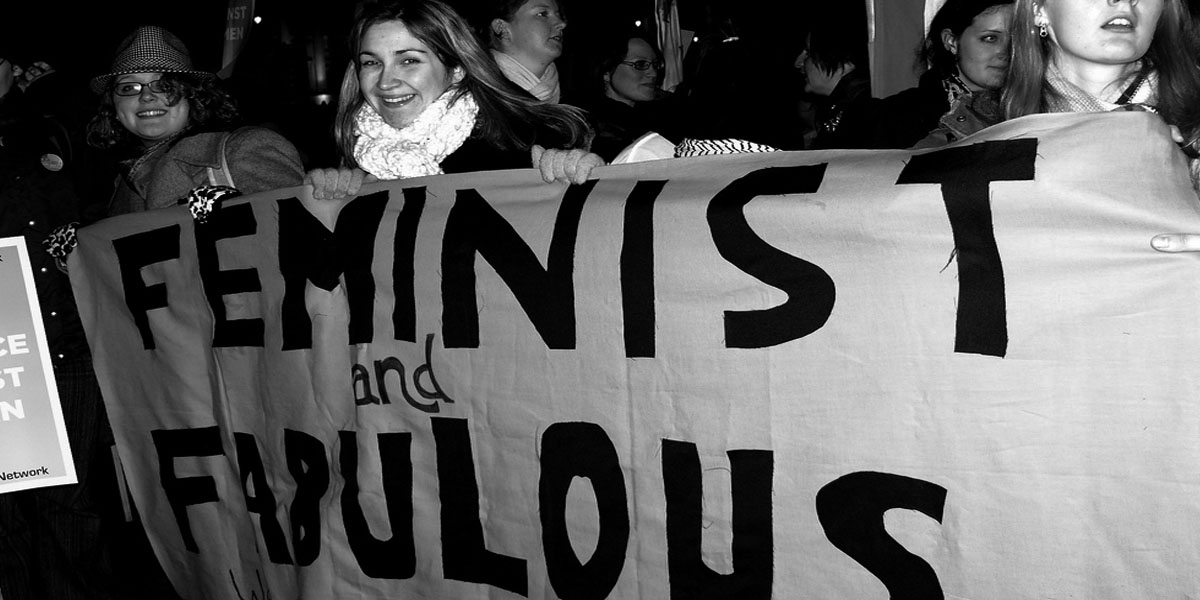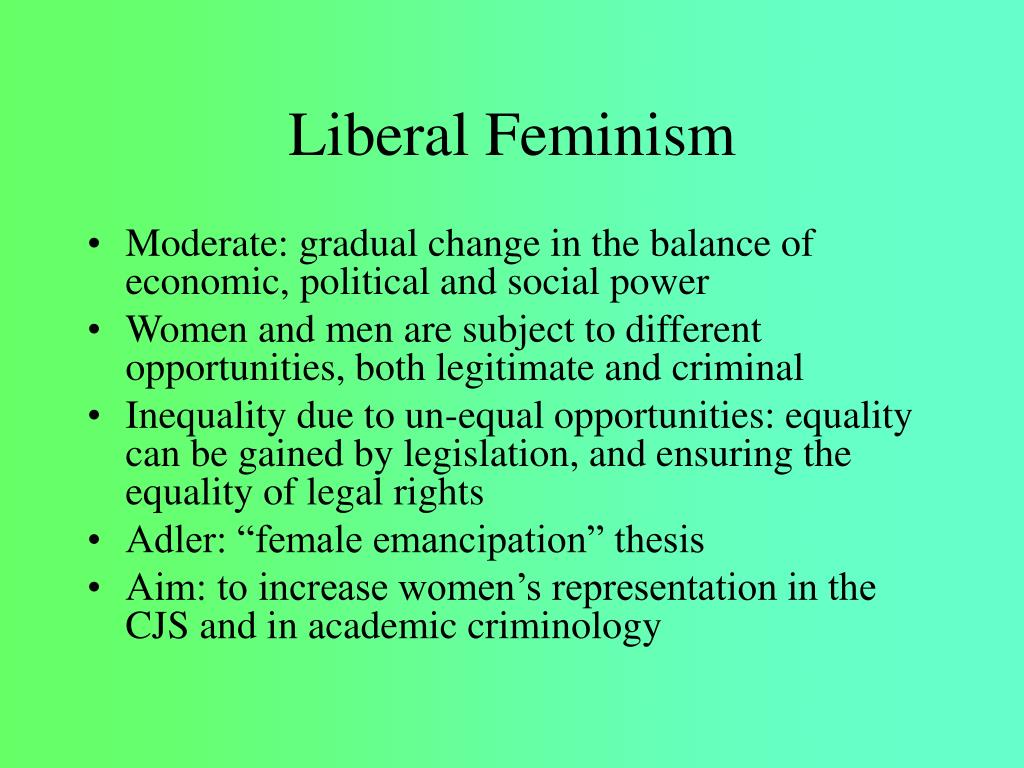Imagine walking into a room filled with passionate women, all advocating for equality. You overhear discussions about reproductive rights, economic justice, and violence against women. Yet, within this seemingly united front, you notice subtle differences in their approaches and priorities. This is where the distinction between liberal and radical feminism comes into play. While both branches of feminism aim to dismantle patriarchal structures and achieve gender equality, they differ in their methods, goals, and ultimately, their vision of a just world.

Image: www.vrogue.co
These differing perspectives aren’t simply academic debates; they shape real-world activism and influence how individuals engage with feminist movements. Understanding the nuances between liberal and radical feminism allows for greater awareness and informed participation in the fight for gender equality.
Liberal Feminism: The Path of Reform
Liberal feminism often gets labelled as the “mainstream” feminism. It advocates for gender equality within the existing system through legal and political reforms. This approach focuses on achieving equal rights and opportunities for women by addressing discriminatory practices and advocating for policies that promote equal access to education, employment, and healthcare.
Liberal feminists believe that gender equality can be achieved by dismantling legal and social barriers that prevent women from fully participating in society. They primarily focus on individual rights and believe that women can achieve equality by working within the existing framework, challenging discriminatory laws and policies through legal means and advocating for women’s representation in positions of power.
Radical Feminism: A Systemic Critique
Radical feminism takes a more radical approach, questioning the very foundations of society, including gender roles, family structures, and power dynamics. It argues that patriarchal structures, deeply embedded in societal institutions, are inherently oppressive and need fundamental reform or even dismantling.
Unlike liberal feminists who aim to integrate women into the existing system, radical feminists envision a complete overhaul of social structures, arguing that true equality requires a radical transformation of the system itself. This might include dismantling traditional gender roles, challenging the heteronormative family structure, and addressing issues like male violence against women as a systemic problem.
Key Differences: A Comparative Table
| Liberal Feminism | Radical Feminism | |
|---|---|---|
| Focus | Equal rights and opportunities for women within the existing system | Fundamental restructuring of society to challenge and dismantle patriarchal structures |
| Methods | Legal and political reform, advocating for women’s representation in power | Systemic critique of patriarchal systems, challenging gender roles and social norms |
| Goal | Integration of women into the existing system with equal rights | Complete overhaul of societal structures for genuine gender equality |
| Key Issues | Reproductive rights, equal pay, women’s representation in politics | Male dominance and violence against women, heteronormative family structures, sexuality and body politics |

Image: www.slideserve.com
The Contemporary Landscape: Evolving Perspectives
Over the past few decades, both liberal and radical feminist movements have faced challenges and evolved in response to changing social contexts. The rise of online activism and social media has provided new platforms for feminist voices, sparking important conversations about issues like intersectionality, trans rights, and the complexities of gender identity.
The emergence of feminist theories like intersectional feminism, which recognizes the interconnected nature of oppression based on race, class, sexual orientation, and other factors, has further expanded the scope of feminist discourse. This broader understanding has led to greater awareness of the limitations of single-issue approaches to feminism and the need to address the overlapping forms of oppression faced by marginalized groups.
Tips and Expert Advice for Engaging with Feminism
Both liberal and radical feminism offer valuable contributions to the fight for gender equality. Here are some tips for navigating the complex landscape of feminist thought:
- Embrace critical thinking: Approach different feminist perspectives with an open mind, examining their strengths, limitations, and potential for impact.
- Engage in dialogue: Seek out conversations with feminists from various backgrounds and perspectives, fostering a space for respectful dialogue and learning from each other.
- Find your own path: Feminist thought is not monolithic – recognize your own values, priorities, and areas of interest, and find ways to advocate for change within your sphere of influence.
- Support feminist organizations and initiatives: Contributing your resources, whether financial, time, or skills, can make a tangible difference in advancing feminist goals.
Frequently Asked Questions
What are the key differences between liberal and radical feminism?
Liberal feminism focuses on achieving equality within the existing system through legal and political reforms, while radical feminism aims for a fundamental restructuring of society to dismantle patriarchal structures.
Which approach is more effective?
Both approaches have their strengths and limitations. Liberal feminism has been instrumental in achieving legal rights for women, while radical feminism offers a broader critique of societal systems. Ultimately, the most effective approach depends on the specific context and goals.
Is it necessary to choose one over the other?
It’s not about choosing one over the other. Feminist thought is a spectrum, and individuals can draw inspiration and guidance from various approaches. Engaging with different perspectives can enrich your understanding of the complexities of gender equality.
Liberal Feminism Vs Radical Feminism
Conclusion
Understanding the distinctions between liberal and radical feminism is crucial for navigating the dynamic landscape of feminist discourse. Both perspectives offer valuable insights into the challenges and possibilities for gender equality. It’s important to approach these concepts with a critical yet open mind, valuing the diverse voices and strategies within the broader feminist movement.
Are you interested in learning more about the diverse world of feminist thought and its impact on society? Share your thoughts and experiences in the comments below!






